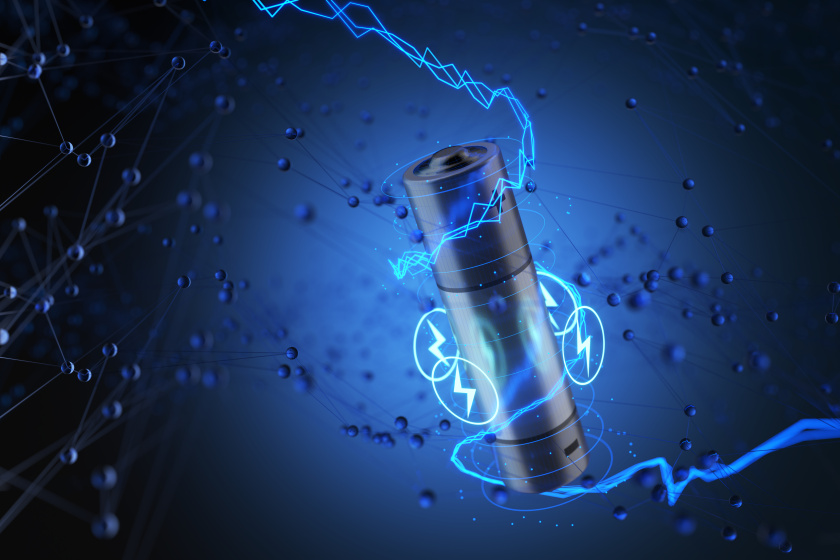fromport
Solar Addict
“Lithium-ion batteries are powerful, and they are used everywhere, from electric vehicles to electronic devices. However, their capacity gradually decreases over the course of hundreds of charging cycles. The best commercial lithium-ion batteries with electrodes made of so-called NMC532 and graphite have a service life of up to eight years. Batteries are usually charged with a constant current flow. But is this really the most favourable method? A new study by Prof Philipp Adelhelm’s group at Helmholtz-Zentrum Berlin and Humboldt-University Berlin answers this question clearly with no.”

BESSY II: How pulsed charging enhances the service time of batteries
Charging with a high-frequency pulsed current reduces ageing effects in Lithium-Ion-Batteries. Experiments at the X-ray source BESSY II were particularly revealing.
www.helmholtz-berlin.de



